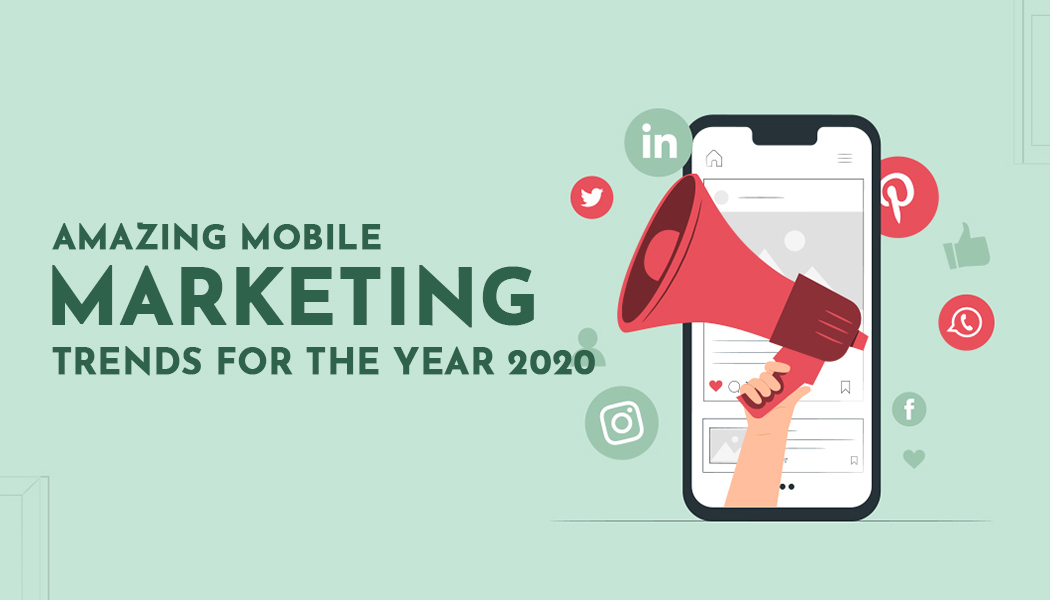Developing Diet and Nutrition Tracking Mobile Apps: A Complete Guide
In today’s health-conscious world, diet and nutrition tracking mobile apps have become invaluable tools for individuals seeking to improve their dietary habits and overall well-being. These apps help users monitor their food intake, track their nutritional goals, and make healthier choices. This comprehensive guide will walk you through the process of developing a diet and nutrition tracking mobile app, from initial planning to launch and beyond.
Understanding the Market and User Needs
Before diving into the development process, it’s crucial to understand the market and the needs of your target audience. The demand for diet and nutrition tracking apps is driven by an increasing awareness of the importance of healthy eating and the desire for personalized dietary recommendations.
Identify Your Target Audience
Your app’s success depends on understanding who will use it. Are you targeting fitness enthusiasts, individuals with specific dietary requirements, or general health-conscious users? Each group has unique needs and preferences that should be addressed in your app’s features and design.
Research Competitors
Analyze existing diet and nutrition apps to identify what works and what doesn’t. Look for gaps in the market that your app can fill. According to a report by The New York Times, personalization and user engagement are key factors in the success of health-related apps.
Essential Features of Diet and Nutrition Apps
To create a successful diet and nutrition tracking app, you need to include essential features that meet users’ needs and enhance their experience.
1. User Profiles and Personalization
Allow users to create profiles with their personal information, dietary preferences, and health goals. Personalization features can include customized meal plans, calorie targets, and nutrient tracking based on individual goals.
2. Food Database
A comprehensive food database is crucial for accurate tracking. This database should include a wide variety of foods, including branded items and common recipes, with detailed nutritional information. Users should be able to search for and log their meals easily.
3. Barcode Scanner
Integrate a barcode scanner to allow users to quickly add foods to their logs by scanning product barcodes. This feature enhances convenience and ensures accurate data entry.
4. Calorie and Nutrient Tracking
Enable users to track their daily intake of calories, macronutrients (carbohydrates, proteins, and fats), and micronutrients (vitamins and minerals). Visual representations such as graphs and charts can help users understand their progress and make informed decisions. A diet and nutrition tracking mobile app development service can create visually pleasing data to better help your users with calorie tracking and keeping on top of macros etc.
5. Meal and Exercise Logging
In addition to tracking food intake, allow users to log their physical activities. Integrating exercise tracking helps users see the relationship between their diet and activity levels, promoting a holistic approach to health.
6. Progress Tracking and Reports
Provide features that allow users to track their progress over time. Weekly and monthly reports can offer insights into their dietary patterns and help them stay motivated. Customizable goals and reminders can also support long-term engagement.
Designing the User Experience
The design of your app plays a crucial role in user retention and satisfaction. A clean, intuitive interface that is easy to navigate will enhance the user experience.
User-Friendly Interface
Ensure that your app’s interface is straightforward and user-friendly. Users should be able to log their meals, view their progress, and access other features with minimal effort. Clear icons, concise instructions, and a logical layout are essential.
Engaging Visuals
Use engaging visuals to make the app appealing. This includes using color-coded charts for nutrient tracking, attractive food images, and motivational graphics. According to The Wall Street Journal, visually engaging apps are more likely to retain users.
Development and Technology Stack
Choosing the right technology stack and development approach is critical for the success of your app.
Platform Selection
Decide whether you will develop your app for iOS, Android, or both. Cross-platform frameworks like React Native and Flutter can help you reach a broader audience while saving time and resources.
Backend Development
The backend of your app will handle user data, food databases, and interactions with third-party services. Using cloud services like AWS or Firebase can provide scalability and reliability. Ensure that your backend is secure and compliant with data protection regulations.
Integration with APIs
Integrate your app with third-party APIs to enhance functionality. For instance, you can use nutrition databases like USDA’s FoodData Central or fitness tracking APIs like Google Fit and Apple HealthKit.
Testing and Launch
Thorough testing is essential to ensure your app works smoothly and provides a positive user experience.
Beta Testing
Conduct beta testing with a group of real users to gather feedback and identify any issues. Use this feedback to make necessary improvements before the official launch.
Launch Strategy
Plan a comprehensive launch strategy that includes app store optimization, marketing, and user acquisition strategies. Highlight the unique features and benefits of your app to attract users.
Post-Launch Maintenance and Updates
Launching your app is just the beginning. Continuous maintenance and regular updates are crucial for keeping your app relevant and engaging.
User Feedback and Support
Encourage users to provide feedback and reviews. Address any issues promptly and use feedback to improve your app. Providing excellent customer support will help retain users and build a loyal user base.
Regular Updates
Release regular updates to fix bugs, introduce new features, and improve performance. Staying up-to-date with the latest trends and user needs will keep your app competitive in the market.
To Conclude
Developing a diet and nutrition tracking mobile app requires careful planning, a user-centric design, and continuous improvement. By understanding your target audience, incorporating essential features, and providing a seamless user experience, you can create a successful app that helps users achieve their health and nutrition goals. Leveraging resources and expert guidance will further enhance your ability to deliver a top-notch app in this competitive market.



